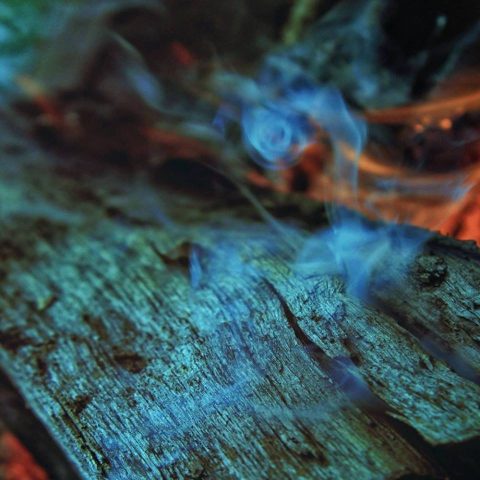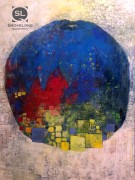“In November 2017” is such a beautiful micro. The depth in this story is remarkable, especially given that it clocks in at under 250 words. Where did the idea for this story come from? Was it always a micro or did this form evolve during the revision process? How did you select the most perfect details throughout (e.g., the color of the nail polish)?
I had the idea for this story while watching the news. I remember thinking how, growing up, I’d always hear a brief update on the war in Afghanistan, and today I hear nothing about it even though the U.S. is still involved. And now there are so many terrible things constantly happening and no one talks about them for more than a day or two. It’s as if we have society-wide compassion fatigue, like we have to forget in order to live. So, I guess this story really sprung out of my own concern and curiosity and dismay about how easily we forget huge, ongoing tragedies amidst the more pressing tangible moments of the everyday.
I feel a little guilty admitting this, but I did not intend for this to be a micro. It started, in my head at least, as an introduction for a longer piece of short fiction. I tried a few different times to lengthen the story and plot it out, but each attempt fell totally flat. All the tension of the story is in that room. After an embarrassingly long time, I finally realized I had been forcing a structure on this piece that just wasn’t right for it.
As far as the details go, one of my favorite ways to reveal large intent is through the smallest details possible. In this piece, I was trying to express the psychic space between the girls’ lives and the reality of war, and crafting those details was essential.
Is flash fiction your jam or do you also write other things? What are you working on now?
Flash fiction is definitely a favorite, though I read more of it than I write. I’m continually impressed by what other writers can evoke in so few words! I typically write stories around the 3,500-5,000-word mark. Right now I’m working on a collection of linked stories about the opioid epidemic in southwestern Ohio, where I’m originally from and where so many people I know and love have been touched by what’s happening there. I guess I have a thing for forgotten tragedies.
Can you tell us a little bit about your writing life? Do you like to write in crowded coffee shops at night or do you spend quiet mornings at home?
I am a morning person, so I generally work best in the early hours, with a cup of coffee and a bit of toast. I have to work in silence or just listening to classical music because anything with lyrics is either distracting or too influential on the mood of the story. I also handwrite everything the first time through, which is probably one of the reasons why I’m such a slow writer. I wish I could work solely on my computer, but something about staring at a screen when I’m trying to create just doesn’t work for me. It’s also too easy to fall into the black hole of the Internet!
Your bio mentions that you have a chocolate lab and your Twitter profile picture is of you and your dog, so I feel that I have to ask about your dog. I think you probably feel the same way about your dog as I do my cats. Please tell us more about your dog! Is he a help or a hindrance to your writing?
My dog! I’m so happy you asked this question. She’s actually sleeping beside me as I answer! Roo is absolutely a help to my writing … in that she somehow knows when I need to step away from it. In grad school, I’d spend hours on a piece, becoming endlessly frustrated with some aspect of it that wasn’t working. Eventually, she’d start to paw at me or grumble to get my attention. So I’d get up to play with her or we’d go for a walk and I’d experience these moments of clarity that informed the rest of my work. I wouldn’t have had those revelations staring at my notebook or at my computer. I feel like I owe her a lot. She’s also really wonderful to snuggle with as I revise. I would highly recommend snuggling a pet while editing.


